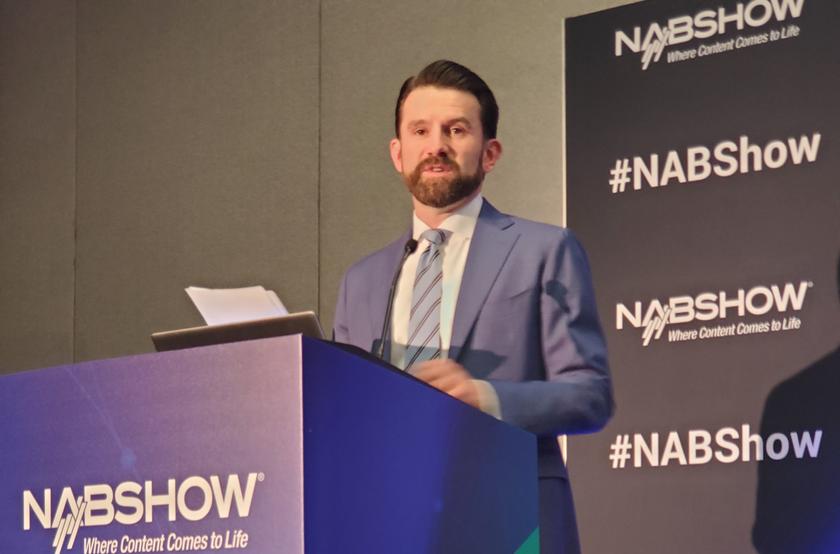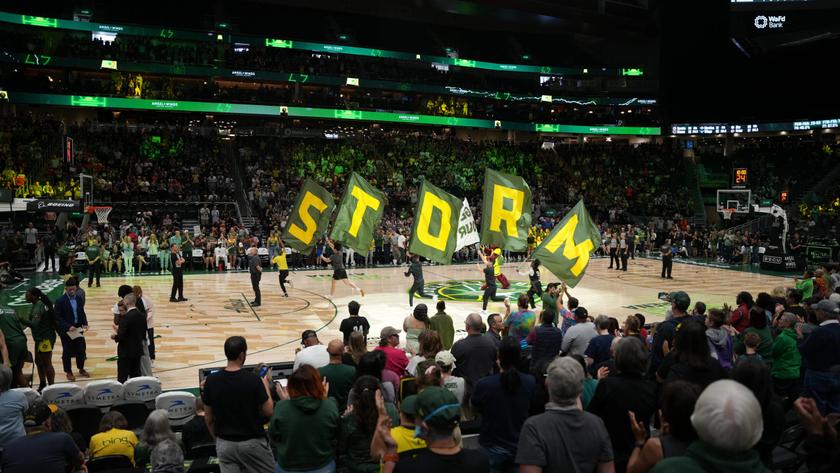Sprint Says BAS Transition on Track
Sprint Nextel told the FCC this week that DMAs covering approximately one-third of the U.S population have successfully transitioned to 2 GHz BAS.
In its latest bi-monthly report to the commission, Trey Hanbury, Sprint Nextel’s director, cited “substantial progress” in the ongoing program between Sprint Nextel and the nation’s broadcasters to move BAS users to new equipment and rearranged spectrum.
“This progress is the result of months of close collaboration among the 2 GHz BAS manufacturers, installers, licensees and Sprint Nextel,” Hanbury said. “Working together market-by-market, station-by-station, the Joint Parties continue making steady progress toward nationwide clearing of fixed and mobile BAS systems below 2025 MHz.”
Hanbury, in enumerating recent BAS efforts, cited the Atlanta market as a benchmark in the program. Work there was completed in January, and collectively involved 31 trucks, 23 central receive sites, seven helicopters and numerous portable microwave transmitters and receivers. Hanbury also called attention to the transitioning of broadcasters in the Cleveland area during the same month, saying that numerous challenges arose in that effort due to Ohio’s role in the recent presidential election and a high level of interest in the Cleveland Brown’s football season. The program also had to overcome some unusually harsh winter weather and with Cleveland’s proximity to the Canadian border, required international coordination.
The Sprint Nextel report, numbering 52 pages with its appendices, additionally stated that more than 99 percent of the returning arrangements necessary for project completion had been made and that “impressive progress” was achieved in new equipment delivery and installation.
Hanbury noted a number of potential roadblocks and bottlenecks that could interfere with keeping the transition program on track. These include broadcasters distracted by the changing DTV transition date and the impact of a delay in that program; a changing economic picture, which has already resulted in bankruptcy filings by some of the broadcasters involved in the BAS effort; dangers and difficulties in performing tower work in the time allotted for changeovers; and the difficulty in retrofitting helicopter broadcasting platforms, as well as “a spate of helicopter accidents and mechanical failures.”
He concluded that even with these and other handicaps, conversion work was continuing at a satisfactory rate.
“Despite these challenges, the Joint Parties continue to make substantial progress in all aspects of the BAS transition,” Hanbury said. “The focus of transition activity has moved from negotiations between Sprint Nextel and the nation’s broadcasters to execution of contracts between small vendors and individual broadcasters throughout the country.”
Get the TV Tech Newsletter
The professional video industry's #1 source for news, trends and product and tech information. Sign up below.

Former FCC Chairs Accuse FCC of Acting as the `White House’s Personal Censor’

FCC Launches Proceeding on GPS Alternatives









